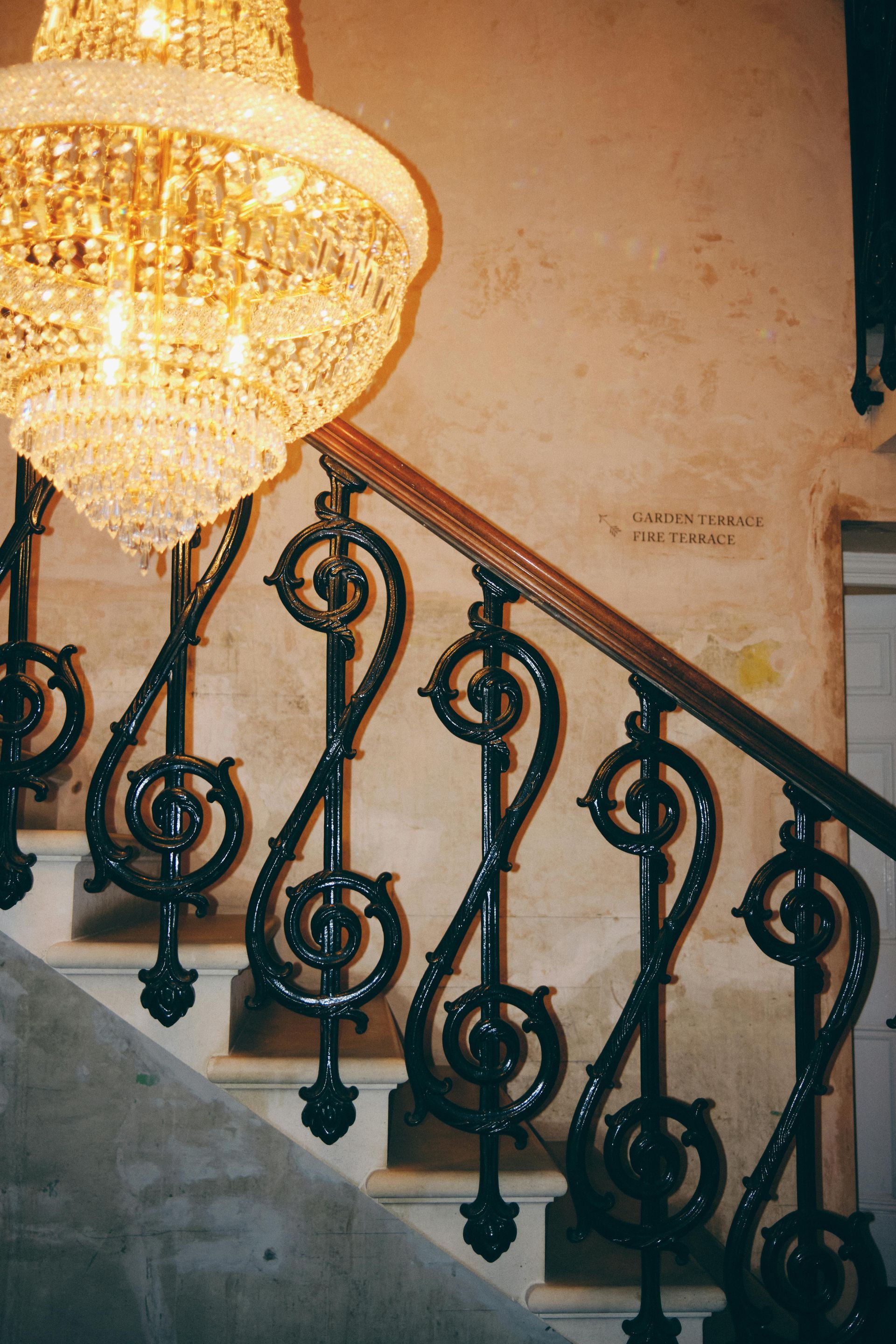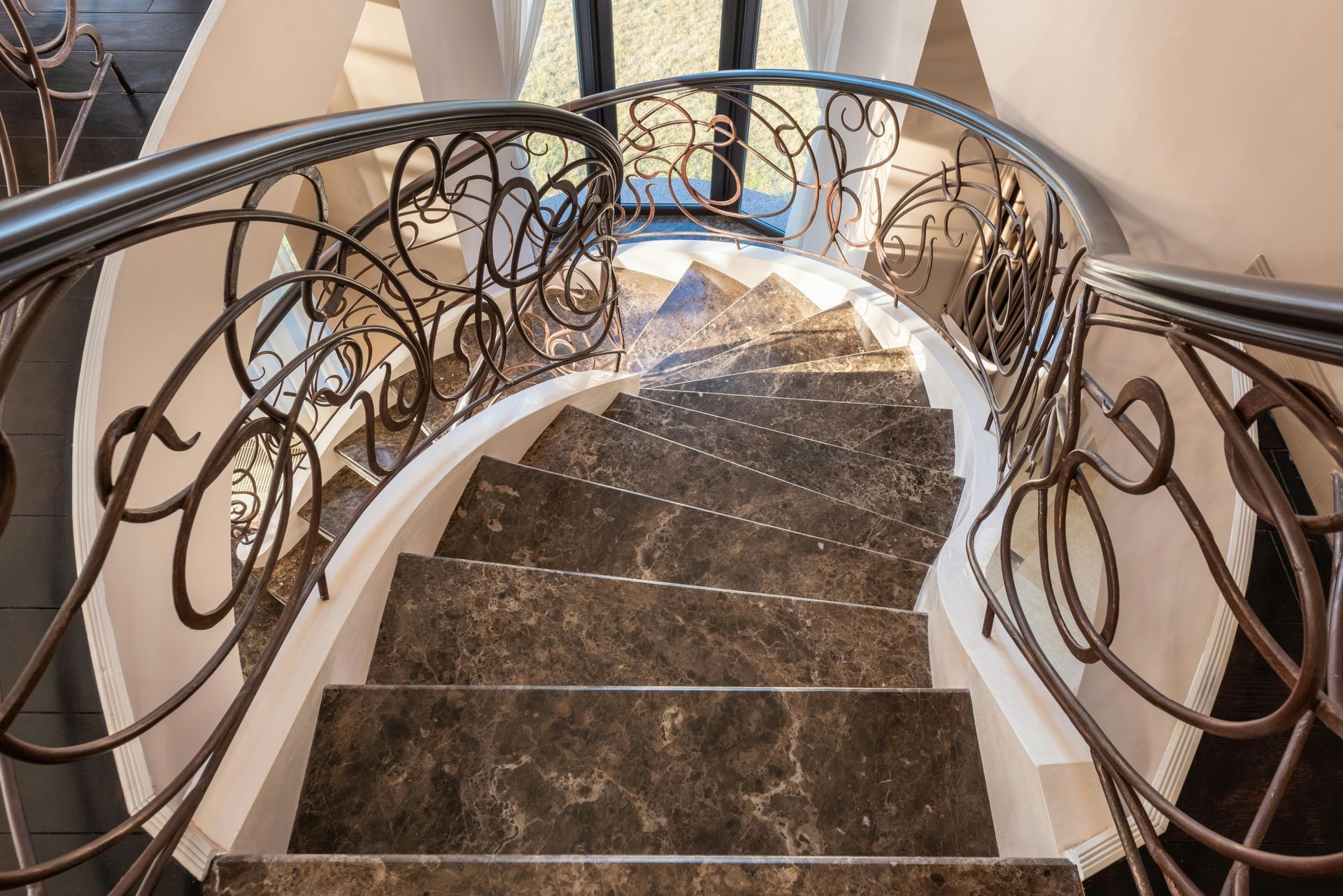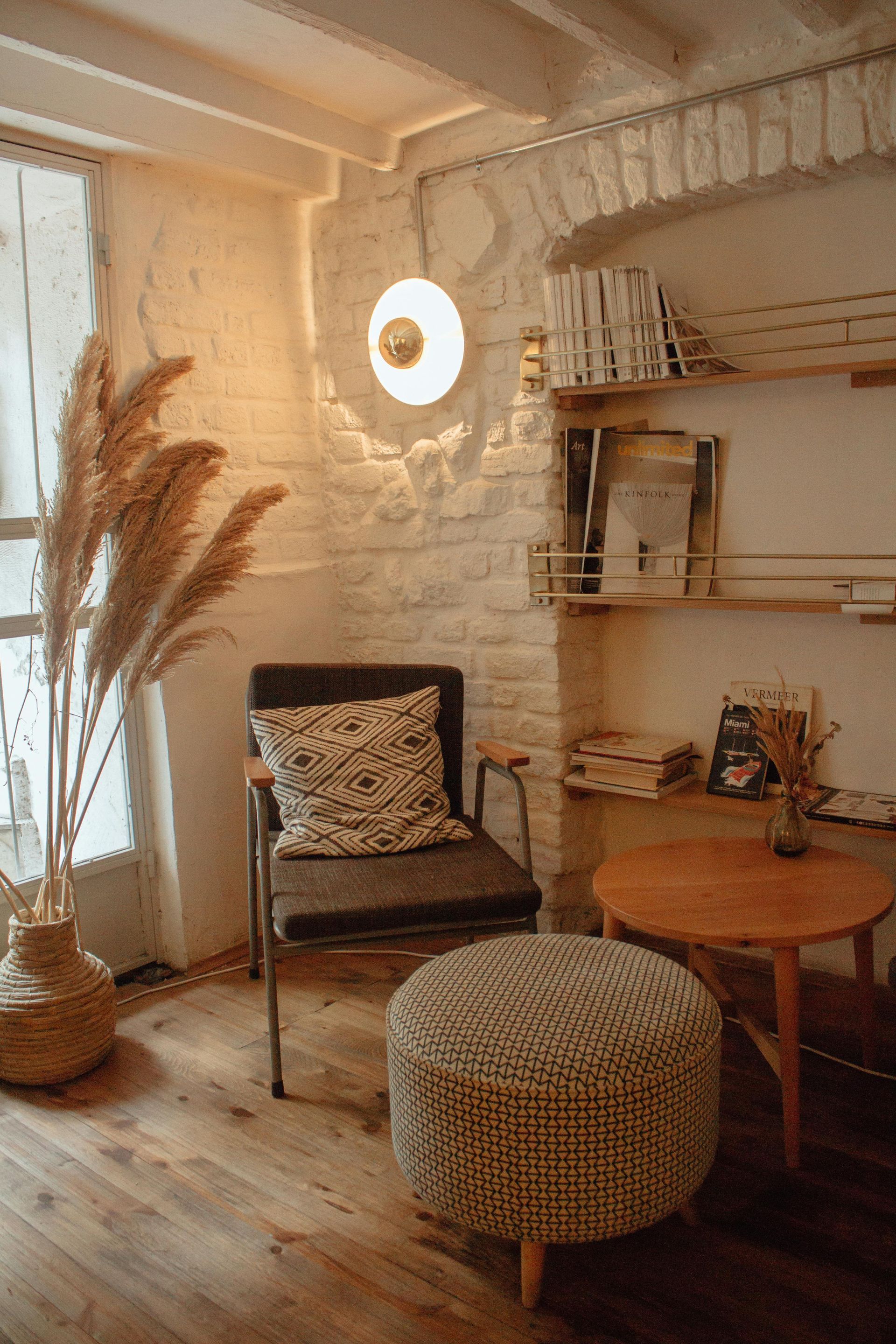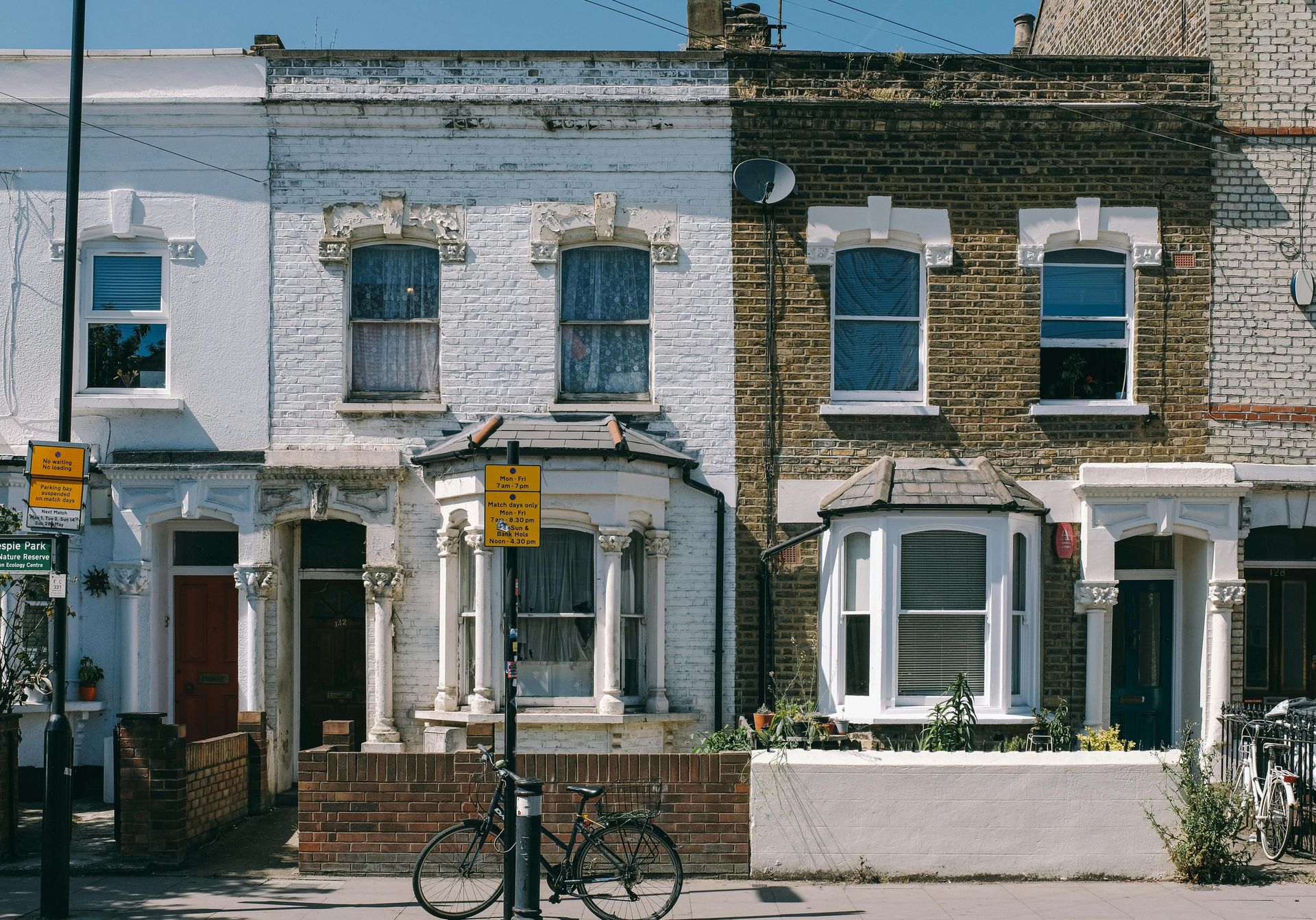Can You Get a Mortgage on a Thatched Cottage in the UK?
Can You Get a Mortgage on a Thatched Cottage in the UK?
Thatched cottages are one of the most iconic types of British property. Full of character and charm, they attract buyers seeking a piece of history—and countryside tranquility. But when it comes to financing, thatched cottages come with unique challenges.
In this guide, we’ll break down how to get a mortgage on a thatched roof home in 2025, what lenders care about, and how Willow can help you secure the funding you need.
❤️ Why Buyers Love Thatched Cottages
Thatched properties offer:
- Period charm and curb appeal
- Rural locations and scenic settings
- Historical or listed building status
- Long-term value for niche buyers
But they also come with:
- Higher insurance costs
- Specialist maintenance
- Roofing materials and skill shortages
All of which affect how lenders view risk.
💬 What Do Lenders Look for?
Mortgage lenders aren’t automatically opposed to thatched cottages—but they do apply more scrutiny.
They typically want to understand:
- Roof condition: When was it last re-thatched or repaired?
- Property type: Is it listed (Grade I, II*)?
- Construction method: Is it timber-framed or modernised?
- Location & resale value: Will future buyers be easy to find?
- Insurance arrangements: Can the property be fully covered?
🛡️ Insurance Is a Big Deal
Thatched homes are considered a greater fire risk than tiled or slate-roofed properties. Lenders will often:
- Require proof of insurance before releasing funds
- Expect fire safety precautions (e.g. spark arrestors, alarms)
- Insist that you use a specialist insurance provider
💡 Tip: Get insurance quotes early—it can delay or derail your mortgage if left too late.
🧱 Structural Surveys Are Essential
You’ll usually need a full structural survey (not just a basic valuation), especially if the property is:
- Listed or pre-1900
- Thatched with no recent maintenance
- Built with timber framing or other non-standard materials
This will assess:
- Roof depth and thickness
- Frame stability and moisture ingress
- General condition of the thatch
A clean report will give your lender confidence—and help you plan any needed repairs.
🛑 Some lenders may cap loan-to-value (LTV) at 60–75%, meaning you’ll need a larger deposit.
🧠 Should You Use a Broker?
Yes—especially when buying unique or non-standard property.
At Willow, we:
- Work with lenders who specialise in heritage homes
- Know which underwriters accept thatch
- Understand the nuances of listed buildings
- Can guide you on insurance and valuation prep
We’ve helped dozens of buyers finance everything from thatched cottages in Cornwall to country manors in Norfolk.
🔁 Remortgaging a Thatched Home?
It’s possible—but again, the condition and insurability of the roof are key. You’ll need:
- A recent valuation
- Full insurance documentation
- Evidence of maintenance history (e.g. last thatch or ridge work)
🧾 Key Documents You'll Need
To apply for a mortgage on a thatched cottage, have these ready:
- Structural survey report
- Proof of deposit
- Mortgage fact-find (income, assets, liabilities)
- EPC (if applicable)
- Buildings insurance quote (or policy)
Some lenders may also ask for:
- Planning permission records (if changes were made)
- Thatched roof maintenance history
🌟 Final Thoughts: It’s Not Impossible—Just Specialist
Thatched cottages require a little more effort—but with the right team, the right prep, and the right lender, you can absolutely secure a mortgage on your dream home.
Whether you’re buying your main residence or a holiday home in the countryside, Willow can guide you through the process.
📞 Want Help Navigating Today’s Market?
Book a free strategy call with one of our mortgage specialists.
We’ll help you find the smartest way forward—whatever rates do next.
Important: Your home or property may be repossessed if you do not keep up repayments on a mortgage or any other loan secured against it. Think carefully before securing other debts against your home. Some buy-to-let, commercial, and bridging loans are not regulated by the Financial Conduct Authority. Equity release may involve a lifetime mortgage or home reversion plan—ask for a personalised illustration to understand the features and risks. The content of this article is for general information only and does not constitute financial or legal advice. Please seek advice tailored to your individual circumstances before making any decisions.










